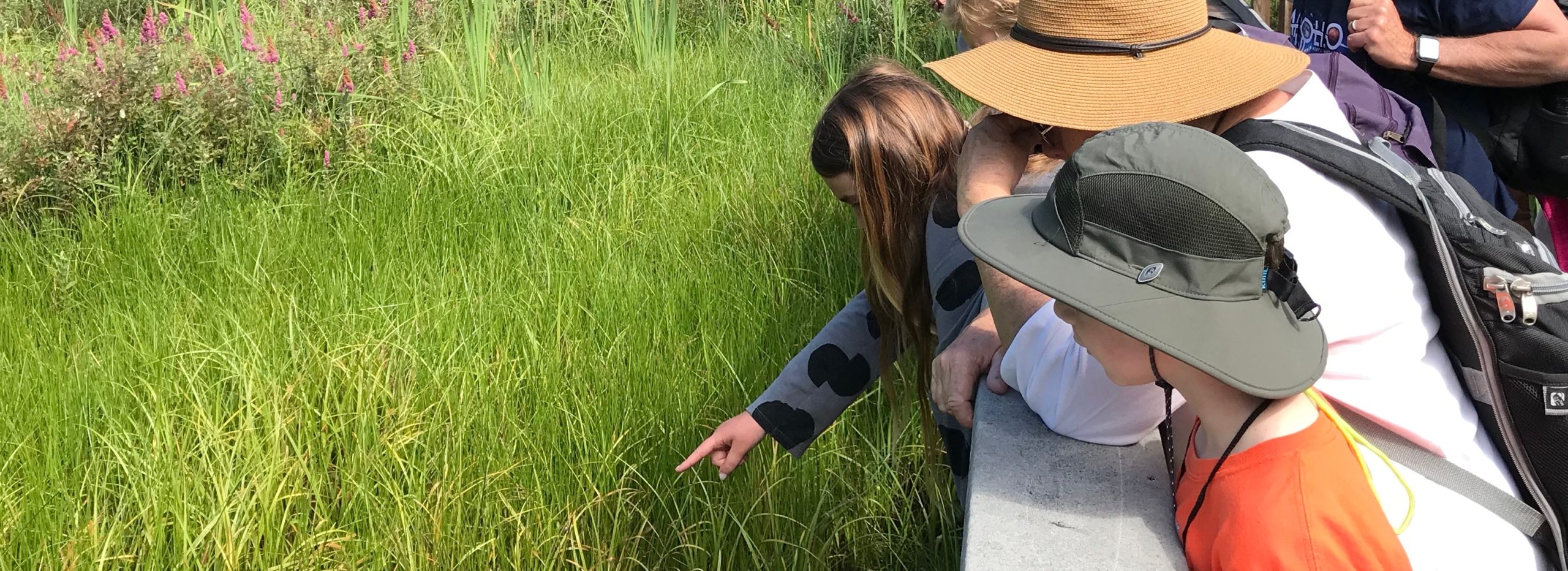
All lifelong learning travel managers wrestle with one idea: how to craft a transformative travel program.
The most common approach is to select a topic (such as the topic of fire, or destinations such as the topic of Crater Lake), and then build the program around that.
This seems simple enough, yet why then are so many travel programs such a continuous source of frustration and ambiguity for those designing the program, even for those who have to craft messaging and then market the travel program?
The problem arises because the topic is often associated with the travel program’s theme.
Themes should not be thought of as nouns (subject, place, or event), think of them as being a verb (interpretive).
Another way to think about a theme is to answer, “What is the big idea I want participants to remember?”
Some examples:
A multi-day program built around the topic of “Fire” now becomes:
- Theme: “Discover how fire helps forge every aspect of our life.”
- Sub-themes might include homes/communities, food preparation, entertainment, arts, places we play, and our survival).
A week-long bus/hiking/rafting program with the topic of “Visit Central Oregon” transforms into:
- Theme: “Exploring Oregon’s dynamic geology allows for first-hand discovery and connection to one of the most fundamental forces of nature, in both its creative and destructive roles.”
An active hiking program with the topic of “Exploring Crater Lake” evolves into:
- Theme: “Crater Lake’s breathtaking beauty, seasonal weather extremes, and distinguishing natural and cultural features, combined with a variety of recreational opportunities, provide visitors with abundant chances for discovery, reflection, and inspiration.”
Creating a theme in this light focuses all of the activities and interactions around a single idea; it helps the program designer and the trip leaders focus on what is relevant while bringing the program to life.
